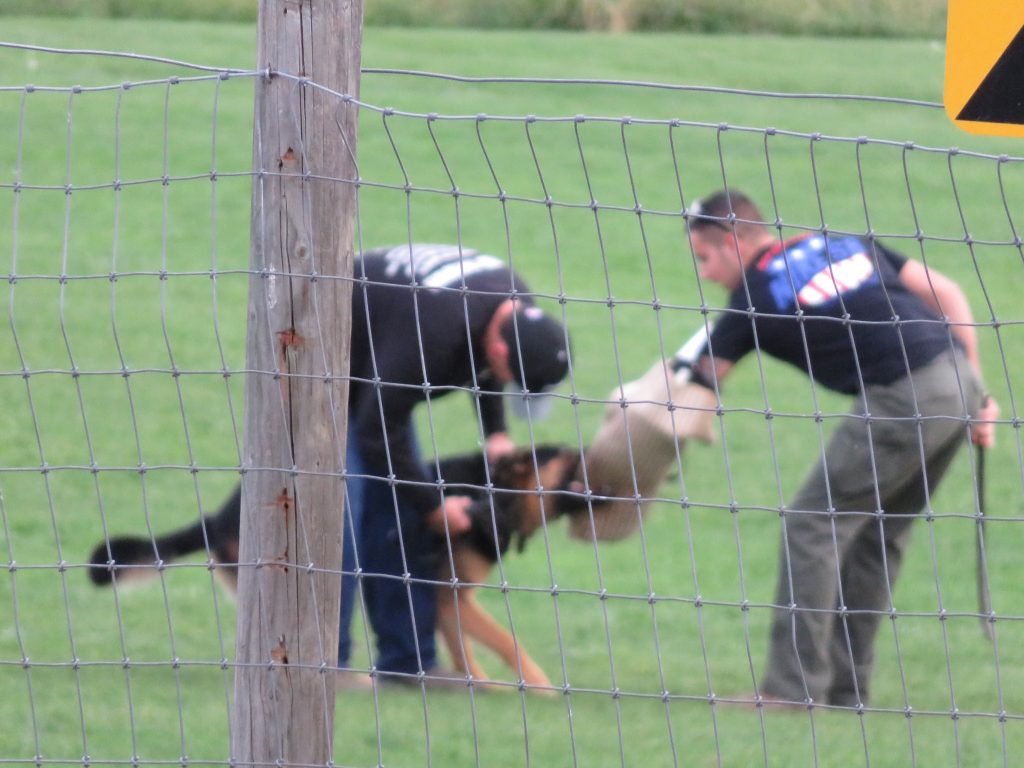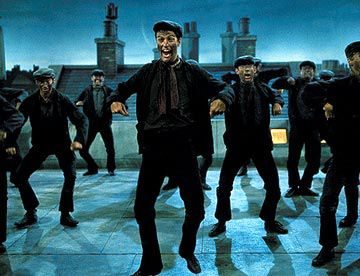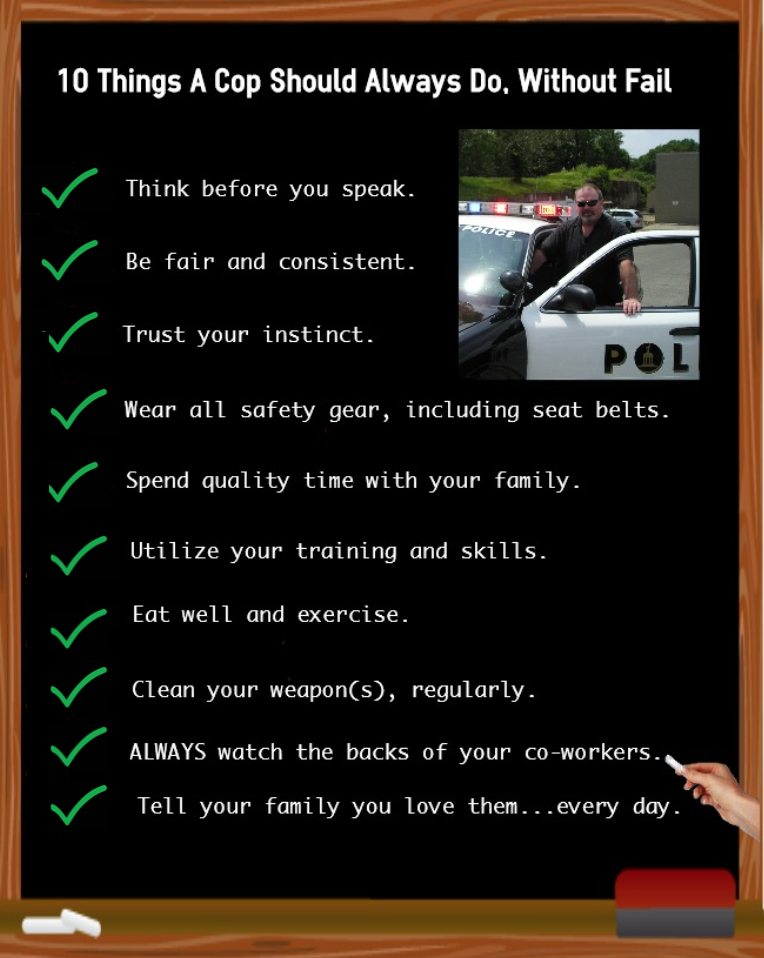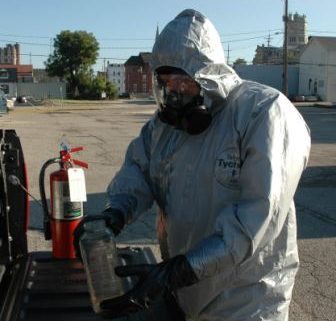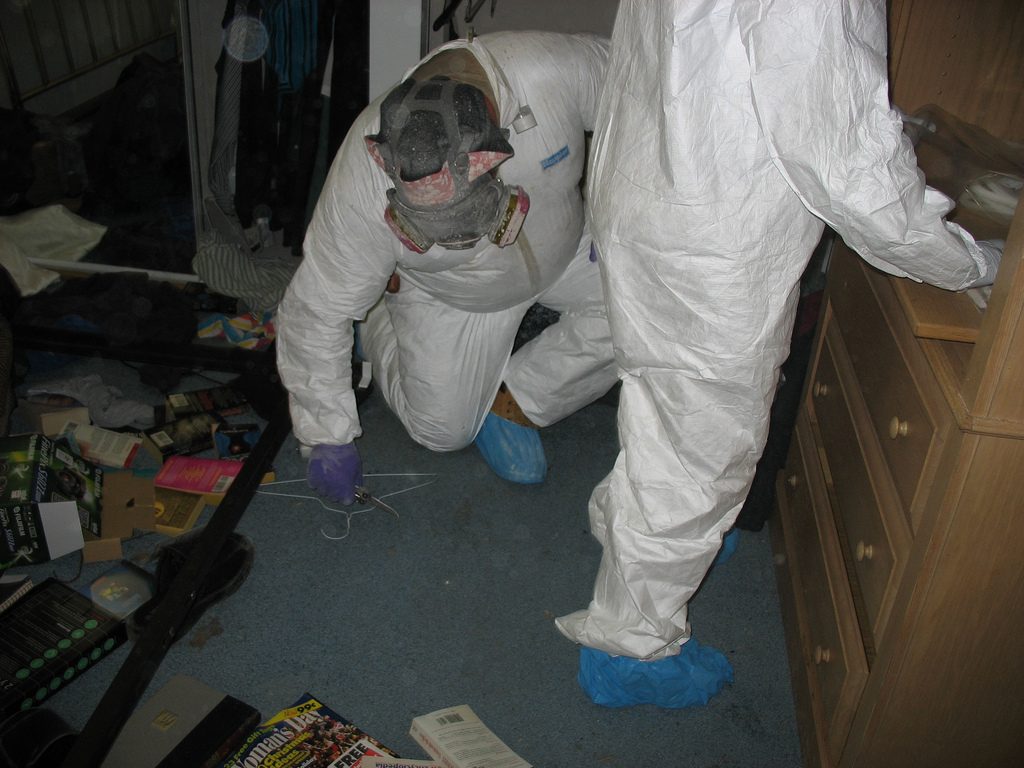Writing Believable Characters
We recently took a short trip where I ran into a fellow who considers himself an expert on writing fiction. He’s also a retired police detective. The wise old gentleman wouldn’t tell me his name, asking that I refer to him as “The Professor.”
He did, however, share some of his writing tips with me, and here’s what The Professor had to say about the correlation between police officers and fictional character development.
The Professor: Police officers have unknowingly cornered the market on developing believable fictional characters. It’s something they do on a daily basis while interviewing witnesses to crimes. Their job is to help those witnesses reach deep into the corners of their minds, where they’ve stored details that help round out descriptions of suspects—scars, tattoos, a limp, a missing finger, an odd accent, a habit of throat clearing or twirling a lock of hair, a mole on the cheek, a distinct cologne, etc. The perfect end result is, of course, a wonderfully detailed picture of a unique person who’d stand out in a crowd of dozens.
Writers have the same job—develop characters with unique qualities and physical appearance. Story creators must go a few steps further, though, showing readers a character’s personalities, their strengths and flaws, and how they live their lives.
It’s best when writers introduce character traits through means other than like listing a string of grocery items—he was a tall, thin, bald, sad, and nervous man. Instead, how about …
Andre stopped by, asking if I’d join him on a trip to visit a sick friend. I didn’t want to, despising anything having to do with germs, but I owed him a favor so I grabbed my hat and coat and followed him to his car.
His friend’s house was a freaking mansion. My place could fit inside ten times, or more. An elderly housekeeper showed us to a room at the rear of the house.
Andre ducked as he entered the bedroom, which, as with most pro basketball players, was something he was used to doing, in every single house he’d ever visited. Thankfully, the ceiling inside this particular room was vaulted. His slick scalp reflected the light from the overhead fixture.
Andre flashed a lopsided smile at his dying friend, exposing a set of teeth as bright as the keys on a new Steinway piano. He couldn’t see to find the right words to say to the man he’d known since childhood, so he stood at the side of his friend’s deathbed, staring down at his own feet while jingling the change in his pocket. He watched a tiny spider fall from the bed railing to floor, where it scurried away to the shadows beneath a well-worn and tattered wingback chair. I wished he could join the insect, to avoid the strained silence that hung heavy in the room.
Sure, it was overwritten and poorly written, but to make the point that showing something is far more interesting than typing a long laundry list of encyclopedic details (info dump).
Anyway, writers sometimes experience a bit of difficulty bringing life to characters, so here’s a simple Professor-tested method that might help out.
Interview Your Fictional Character
Pretend you’re sitting across the breakfast table from, say … this guy.
 You want to know what makes this fellow tick. So you might want to start out the interview by asking:
You want to know what makes this fellow tick. So you might want to start out the interview by asking:
1. Are you angry because you recently filed your teeth to sharp points and you’re now in excruciating pain? Have you ever worked in any factory as the person who perforates stuff, like those holes in crackers?
2. What are your favorite foods? Do you have trouble eating corn on the cob?
3. Where do you live? Is your castle equipped with electricity, or do you use an open fire to boil water for children-cooking?
4. Have you killed anyone else besides your mother and the ladies of the Afternoon Tea Club?
5. Do have any hobbies? Well, other than chopping people into tiny bits?
6. What is your deepest, darkest secret? I know you mentioned wanting to learn ballet, but I mean something you’re holding really deep down.
7. What’s your favorite color, other than blood red, that is?
8. Are you religious? Do you regularly sacrifice animals, or small women and large children?
9. What’s your favorite time of day? You know, when you’re most active doing whatever it is you do?
10. What is your most valued possession? No, I don’t mean the girl in the basement.
11. Is your dentist sight-challenged?
12. Do you prefer your human flesh to be rare or well-done?
Once you’ve completed the interview, try asking your soon-to-be character if it’s okay if you have a quick look around the inside of his house (you may have to promise that you won’t call the police, or his probation officer). During the quick tour of his charming abode, make note of the things you see. A character’s possessions will tell you a great deal about him.
1. Clothing – you see nothing but tattered and well-worn overalls and grungy work shirts. Now you know he’s probably a man who works with his hands. This could indicate someone who frequents honky-tonk bars and has friends who drive rusted and dented pickup trucks with assorted meat hooks scattered about the bed. A matchbook collection from various bars would also be a clue. So would a scrapbook containing locks of assorted hair colors and types, labeled “Girls from bars I go to to find girls I want to kill and then take their hair as trophies.”
Suits and ties = a man who works in an office setting, therefore he most likely pals around with other business people before killing and dismembering them and roasting their remains in the assortment of Easy-Bake Ovens he keeps in his basement playroom.
2. Your guy from the above photo might possess a backpack filled with human heads, and that could be a great clue about his hobbies and interests.
3. There may be a secret door in “Pointy-Teeth’s” bedroom that leads to a torture chamber. Now you know where he spends his weekends.
4. Are his knives and chainsaws new, old, broken, or meticulously cared for?
5. If he were to take a trip to Transylvania, what would he pack to be certain all his needs are met?
6. The very last question of your life might be, “Why do you keep your best cutlery locked in that bloodstained footlocker?
Then, when you’re all done and your character comes to life right there in your office, it’s time for you to make an appointment with your shrink to find out why your mind works like it does. Why are you so weird? Why do all your thoughts drift back to the murder on page 666? Why do you write about death and poisons and autopsy? Why? Why? Why?
Perhaps it is indeed time to check yourself into a nervous hospital. At the very least you should up the dosage of your nervous medicine. Before you do, though … we want to know what happens to Pointy-Teeth. So get busy and write, write, WRITE!!
background: #bd081c no-repeat scroll 3px 50% / 14px 14px; position: absolute; opacity: 1; z-index: 8675309; display: none; cursor: pointer; top: 937px; left: 20px;”>Save





























